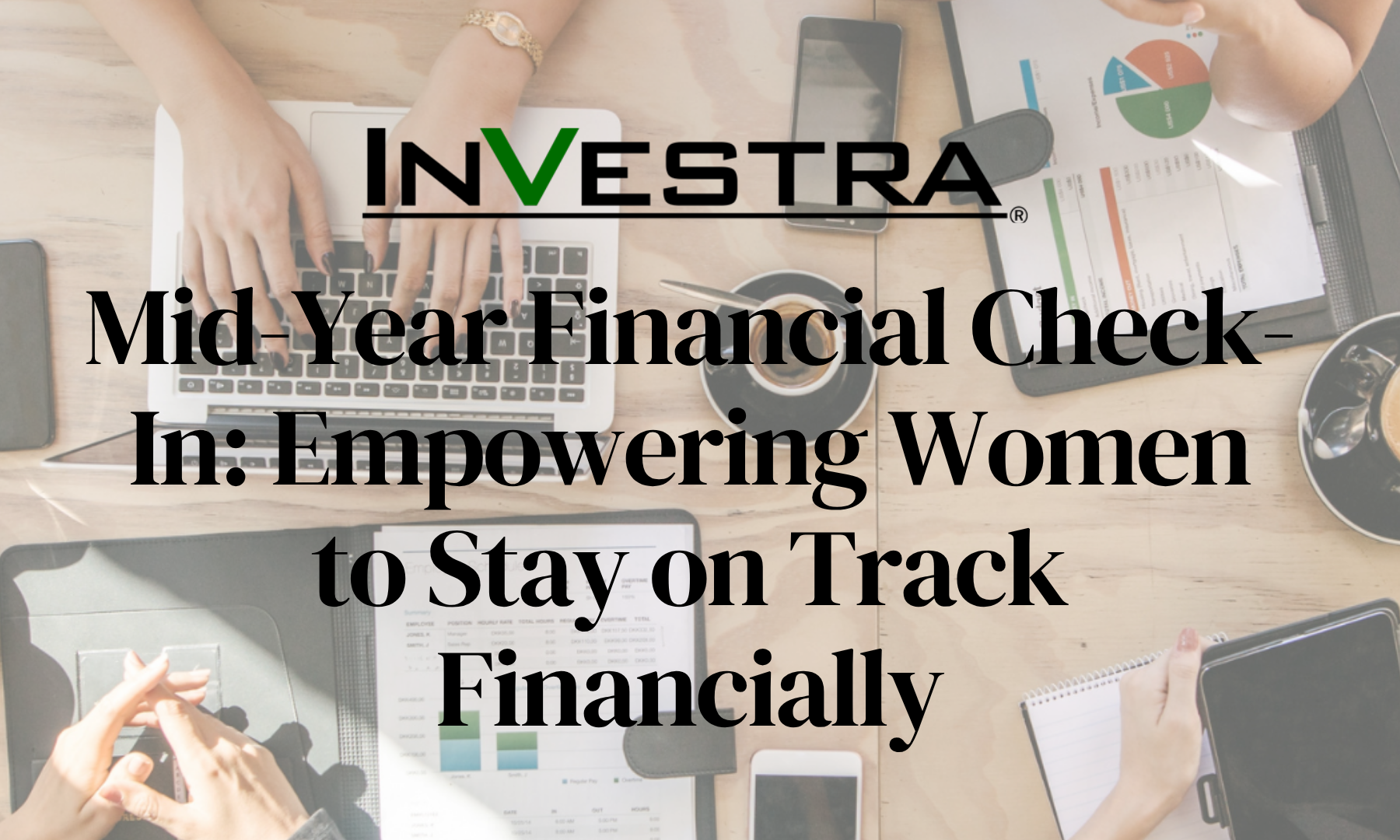Women have faced a lot of obstacles in their journey to achieve equal rights, and National Women’s Small Business Month is one way to recognize their achievements. In its 2023 Small Business Profile, the Small Business Administration (SBA) reported women own nearly 12 million businesses in the United States—or about 43% of U.S. businesses. That’s more than 30 times the number of businesses owned by women in 1972 when women were required to have a male relative as their co-signer on business loans.
It took 16 more years before that requirement changed, thanks to H.R. 5050 and the Women’s Business Ownership Act. President Ronald Reagan signed it into law in a Rose Garden ceremony on Oct. 25, 1988. Other provisions included in H.R. 5050 established the Women’s Business Center Program and the National Women’s Business Council and required the Census Bureau to include women-owned C-corporations when reporting data.
Women-Owned Small Businesses in 2023
President Reagan’s signing of H.R. 5050 in October 1988 led to October becoming National Women’s Small Business Month. Despite making much progress over the last 34 years, many entrepreneurial women still face challenges that their male counterparts are less likely to encounter. These include social expectations, difficulties balancing their personal and professional lives, and lack of access to capital, business networks, and backing from mentors and/or advisors.
According to the 2022 Guidant Small Business Trends survey, women-owned businesses tend to be in one of five categories: retail (22.3%); health, beauty, and fitness services (16.1%); business services (12.5%); food and restaurant services (11.61%); and residential and commercial services (4.5%). Of the business owners who responded to the survey, only 59% reported their business was currently profitable—but the report emphasized that this was not unusual because of the pandemic, and the fact that more than half of the businesses surveyed had been around five years or less.
Reasons for Launching Their Business—and How They Feel About It Now
Guidant’s survey also asked women business owners why they started their own businesses and got the following responses:
-
58% said they were ready to be their own boss.
-
38% reported they were dissatisfied with corporate America.
-
30% said they started their business to pursue their passion.
-
21% said they chose to start a business instead of retiring—because they were financially insecure or bored.
When asked how they felt about owning their business, their responses were similar to those provided by other business owners, Guidant reported—with the overwhelming majority (74%) saying they were very happy or somewhat happy. Of the rest, 18% said they were somewhat unhappy, 9% said they were neutral, and 1% said they were very unhappy.
How to Celebrate and Show Support for Women Who Own Small Businesses
There are a lot of different ways to celebrate National Women’s Small Business Month, but the most obvious way is to utilize their businesses. If you’re not sure what businesses near you are women-owned, you can look on Yelp, which introduced a “women-owned” tag for businesses back in 2019. The website “Women Owned” has a business directory you can search through to find the businesses or products you’re looking for, and social media is also a helpful resource.
Other ways to show your support for Women’s Small Business Month include:
- Sharing positive articles and facts on social media about women in business.
- Volunteering or mentoring in organizations that support women in business.
- Investing and/or donating to help small businesses owned by women.
- Networking with other women in business—whether it’s through a professional Meetup group, or through large organizations such as the National Association of Women Business Owners, the Women’s Business Enterprise National Council, the National Association for Female Executives, the American Business Women’s Association, and the National Women’s Business Council. These organizations host events and help connect women who have similar business interests. Another option is making connections through your local branch of the U.S. Chamber or Commerce.
- Becoming familiar with SBA resources, such as its Office of Women’s Business Ownership, its network of more than 100 Women’s Business Centers, its funding for women-owned small businesses and other resources—and spreading the news.
- Becoming certified as a woman-owned business (if you qualify). By creating a profile in Sam.gov, you can see if you qualify for the SBA’s Women-Owned Small Business Program.
Looking Forward to a Post-Pandemic Future
Pandemic-related challenges have impacted businesses across the country. Women-owned small businesses—along with other
businesses—increased compensation, expanded recruitment efforts, and increased benefits packages and hiring bonuses to attract and retain employees. As Guidant said at the end of its 2022 survey report, “Women remain committed holding the rudder steady until the storm passes. Though they’re not sure when or how these challenges will end, they’re confident they’ll make it through.” With increased support during National Women’s Small Business Month, they are more likely to meet their goals.






